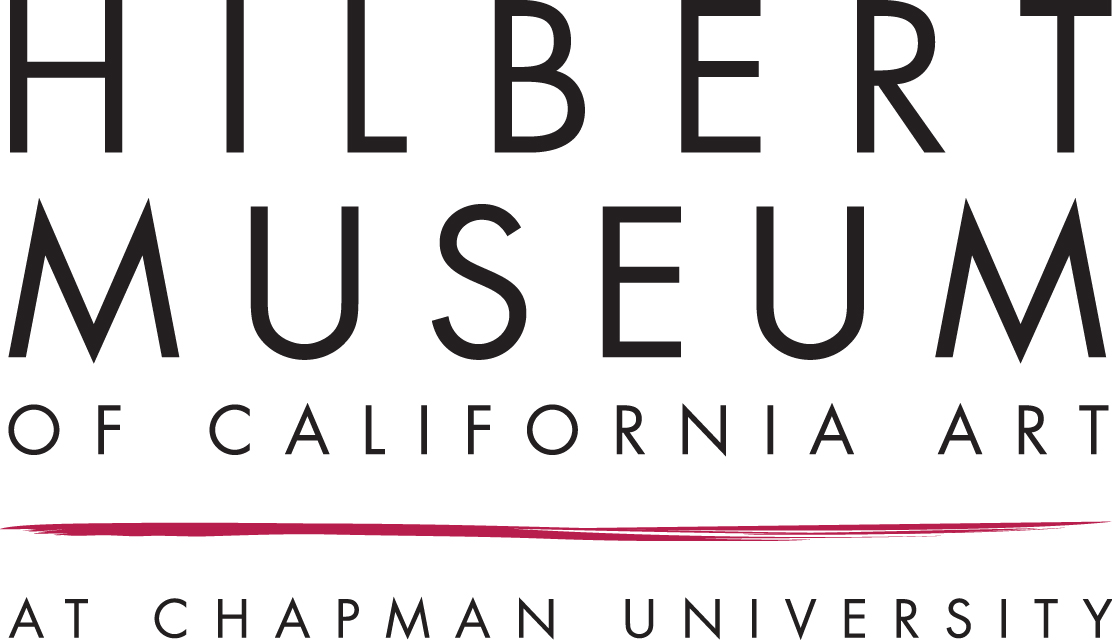George E. Hughes
George Hughes was sincerely interested in fashion design, particularly the diverse array of opportunities to design and paint for beautiful women who shared his “Good Eye” for what “worked best for their coloring, shape, and age”. George flourished in fashion art for his choices were superb, selecting the appropriate garments that allowed him to create universally flattering images, for both models and the garments themselves. Additionally, Hughes selected the appropriate settings to highlight alternative perspectives and angles, which flattered the clothing. With few competitors in the fashion spectrum of the art world, Hughes endeavored to fit in this niche and found himself in the more widely known world of illustration art. Be it a commission for fashion advertisements or a cover the Saturday Evening Post, it was all illustration art!
Just after World War II ended, George and his wife, Casey, purchased a small farm in Arlington, Vermont to make their home. At this point in his career, George had steady work to undertake due to his particular forte with fashion, but his commissions remained for sometime for these specialized types of publications such as Vanity Fair and House and Gardens, where his work was readily accepted for its beauty and inherent ability to sell a design idea. The public had developed an affinity to publications with the best cover and inside illustrations, for they always attracted and seduced customers “like magnets, pulling the buyer closer for the sale.” With a strong reputation for his work in stories and advertisements, Hughes’ appeal began to expand and he illustrated his first cover for the Saturday Evening Post on April 17, 1948.
In Arlington, Hughes met many other illustration artists, including: Jack Atherton, Mead Schaeffer, and Norman Rockwell.
In actual fact, the four couples socialized frequently, alternating between each other’s homes for evening cocktails, some good laughs, and lots of shoptalk for the men. The group became very close friends and the artist husbands often asked each other’s opinions on their own artworks, and sometimes they took (or mostly did not take) advice from each other. Hughes, unlike Schaeffer, actually exercised very little influence on Rockwell, though they were close friends. Rockwell would often ask for his opinion of a particular artwork in progress but totally ignore every single comment altogether. It was a kind of game for eight adults, albeit slightly inebriated.
Hughes’ work for the Saturday Evening Post became immediately recognizable and very popular due to his ability to capture typical America with humorous family situations in brilliant colors and accurate settings. After the publication of his first cover, a reader wrote to the Post: “That cover could have been torn off the magazine and dropped any place on the face of the globe and anyone who picked it up would have said, ‘That’s America!’ For it personified the things that have built America, a Christian home and a family life.” Between that cover in 1948 until 1962, when the Post began to use more photographs on their covers, Hughes painted one hundred and twelve covers, more than Rockwell’s 67 covers during the same time period.
Hughes continued to illustrate for other magazines such as American Magazine, McCall’s, Reader’s Digest and Woman’s Day until 1975, when his work turned to portraiture. Despite this change in his career, his personal life and lifestyle stayed the same until his death at the age of 82 in 1989.
Source:
https://americanillustration.org/project/george-hughes/

